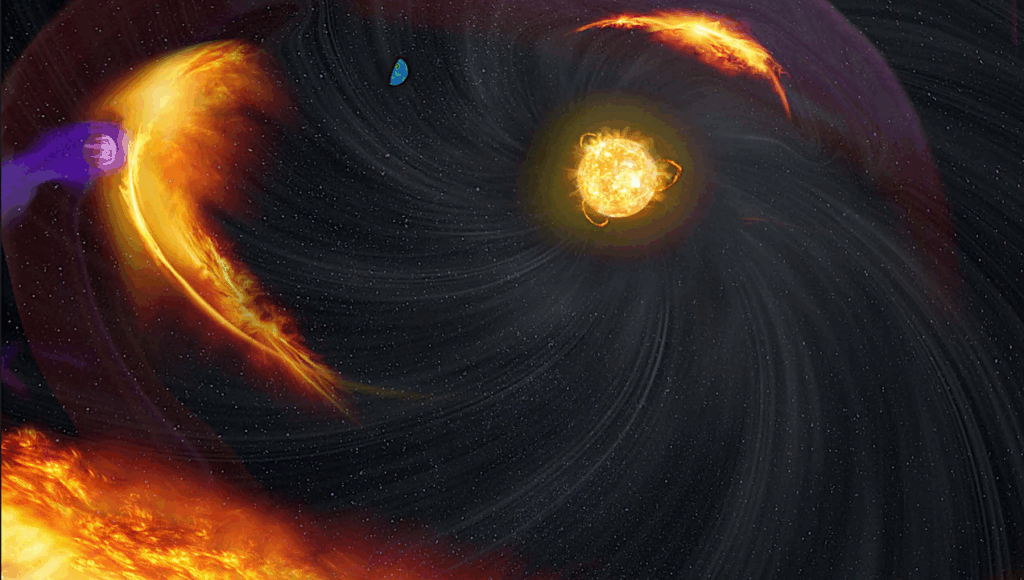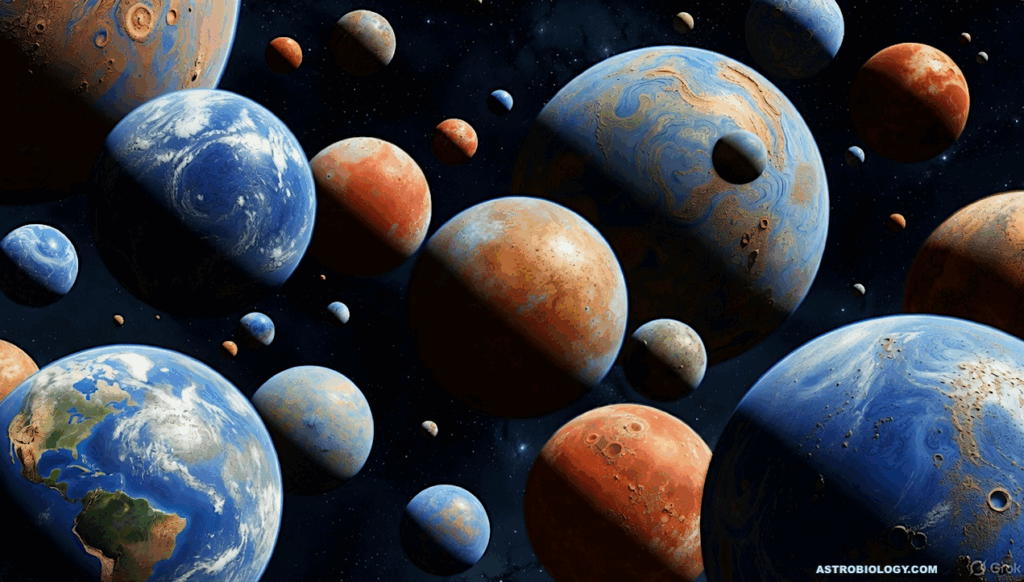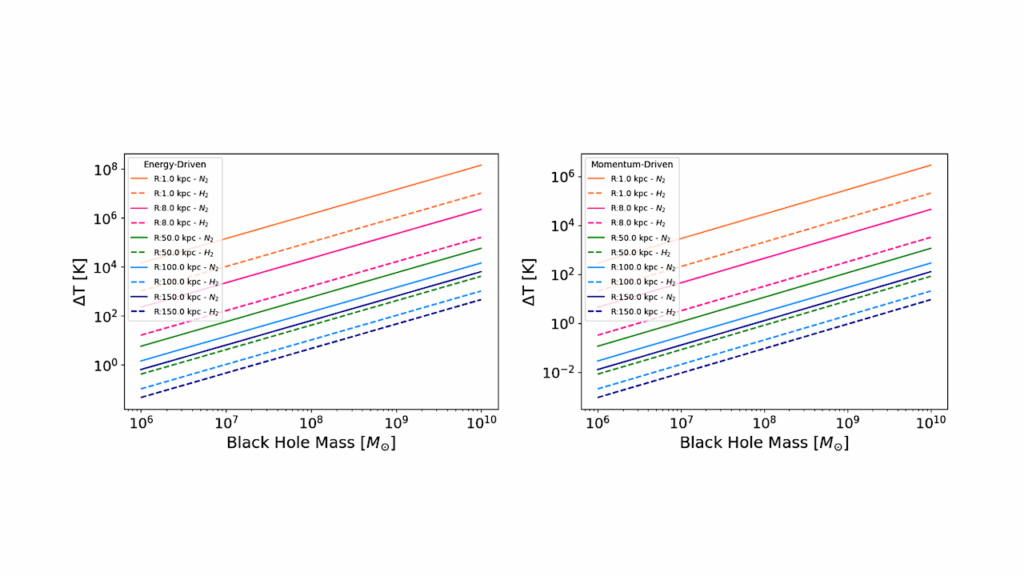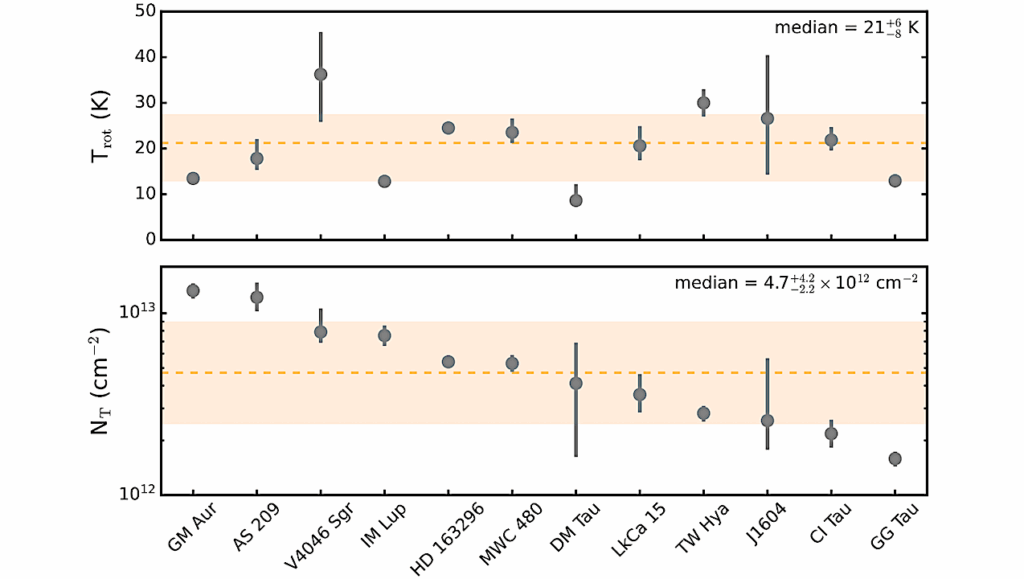Modeling Repeated M-dwarf Flaring at an Earth-like Planet in the Habitable Zone

Understanding the impact of active M-dwarf stars on the atmospheric equilibrium and surface conditions of a habitable zone Earth-like planet is key to assessing M dwarf planet habitability.
Previous modeling of the impact of electromagnetic (EM) radiation and protons from a single large flare on an Earth-like atmosphere indicated that significant and long-term reductions in ozone were possible, but the atmosphere recovered. These stars more realistically exhibit frequent flaring with a power-law distribution of energies. Here we use a coupled 1D photochemical and radiative-convective model to investigate the effects of repeated flaring on the photochemistry and surface UV of an Earth-like planet unprotected by an intrinsic magnetic field. We use time-resolved flare spectra obtained for the dM3 star AD Leo, combined with flare occurrence frequencies and total energies (typically 1030.5 to 1034 erg) from the 4-year Kepler light curve for the dM4 flare star GJ1243.
Our model results show repeated EM-only flares have little effect on the ozone column depth, but that multiple proton events can rapidly destroy the ozone column. Combining the realistic flare and proton event frequencies with nominal CME & SEP geometries, we find the ozone column for an Earth-like planet can be depleted by 94% in 10 years, with a downward trend that makes recovery unlikely and suggests further destruction. For more extreme stellar inputs O3 depletion allows a constant 0.1-1 W m−2 of UV-C at the planet’s surface, which is likely detrimental to organic complexity. Our results suggest that active M dwarf hosts may comprehensively destroy ozone shields and subject the surface of magnetically-unprotected Earth-like planets to long-term radiation that can damage complex organic structures. However, this does not preclude habitability, as a safe haven for life could still exist below an ocean surface.
Modeling Repeated M-dwarf Flaring at an Earth-like Planet in the Habitable Zone: I. Atmospheric Effects for an Unmagnetized Planet
Matt A. Tilley, Antigona Segura, Victoria S. Meadows, Suzanne Hawley, James Davenport
(Submitted on 22 Nov 2017)
Comments: Submitted to Astrobiology
Subjects: Earth and Planetary Astrophysics (astro-ph.EP)
Cite as: arXiv:1711.08484 [astro-ph.EP] (or arXiv:1711.08484v1 [astro-ph.EP] for this version)
Submission history
From: Matt Tilley
[v1] Wed, 22 Nov 2017 19:27:02 GMT (460kb)
https://arxiv.org/abs/1711.08484
Astrobiology








